Article of the week
Sachsen. Christian II. Johann Georg I. und August,
1 591-1611. 10 Dukaten 1611, Dresden, auf den Tod
Christians II. am 23. Juni. NGC: MS 65.
Von allergrößter Seltenheit.
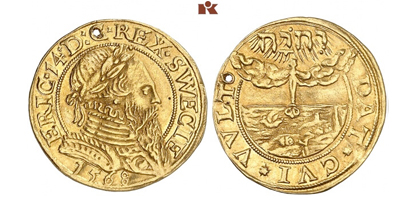




1665-1679. Löser zu 6 Reichstalern 1679, Zellerfeld.
Geprägt und verteilt anlässlich der Beerdigung
Johann Friedrichs. Aus Sammlung Salton und
Sammlung Meyerhof, Auktion Schulman 171 (1930),
Nr. 156. Äußerst selten. Fast vorzüglich.
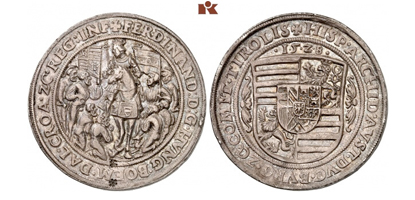
News
Change at the Helm of the U.S. Mint – Gibson Resigns
The upheaval in the U.S. administration is also affecting the U.S. Mint. Director Gibson resigned. This does not come at an easy time for the institution.
Celebrating Wolfgang Hahn’s 80th Birthday
There are numismatists who are an integral part of the numismatic world. One of them is Wolfgang Hahn, who shaped the fate of the Department of Numismatics and Monetary History in Vienna from 1990 to 2010. On 12 March 2025, he celebrated his 80th birthday.
The 12th Hong Kong Coin Show (HKCS)
The 12th Hong Kong Coin Show (HKCS) will take place from Friday, 4th April to Sunday, 6th April. You can expect exhibitors from over 50 countries, auctions, educational seminars, exhibitions, on-site coin grading services and much more – in short: a festival of numismatics!
Numista Now Has a New Literature Section
Numista has recently expanded its offerings with a dedicated section for numismatic literature, providing a valuable resource for researchers and enthusiasts alike. A particularly innovative feature of this section is its integration with Numista’s existing coin catalogue, which allows users to seamlessly navigate from a reference number of a coin to the corresponding literary reference, and from that catalogue back to the numismatic objects listed within.
Will the Bayern Thaler Become the Long-Awaited German Bullion Coin?
The Free State of Bavaria has commissioned the Bavarian State Mint to produce a series of precious metal investment products. The “Bayern Thaler” aims to join the ranks of investment icons and is in keeping with the spirit of the times – but there are pitfalls ahead.
The Coin Hoard of Merishausen
From 15 March to 19 October 2025, the Museum zu Allerheiligen in Schaffhausen, Switzerland, is mounting a special exhibition on the coin hoard of Merishausen, presenting the results of research on this interesting ensemble to the public.




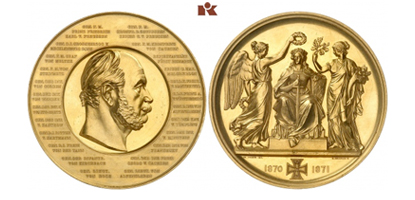

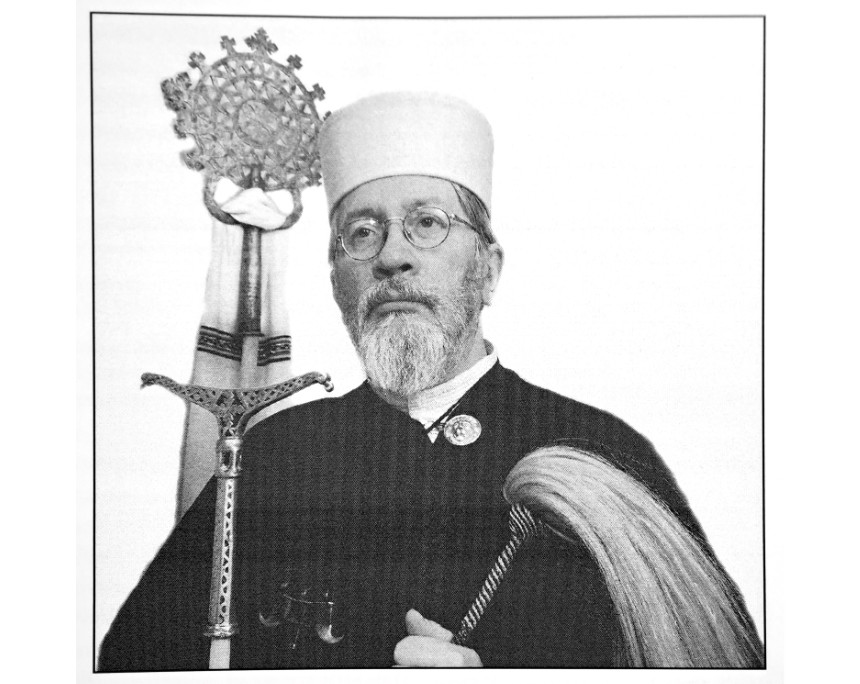
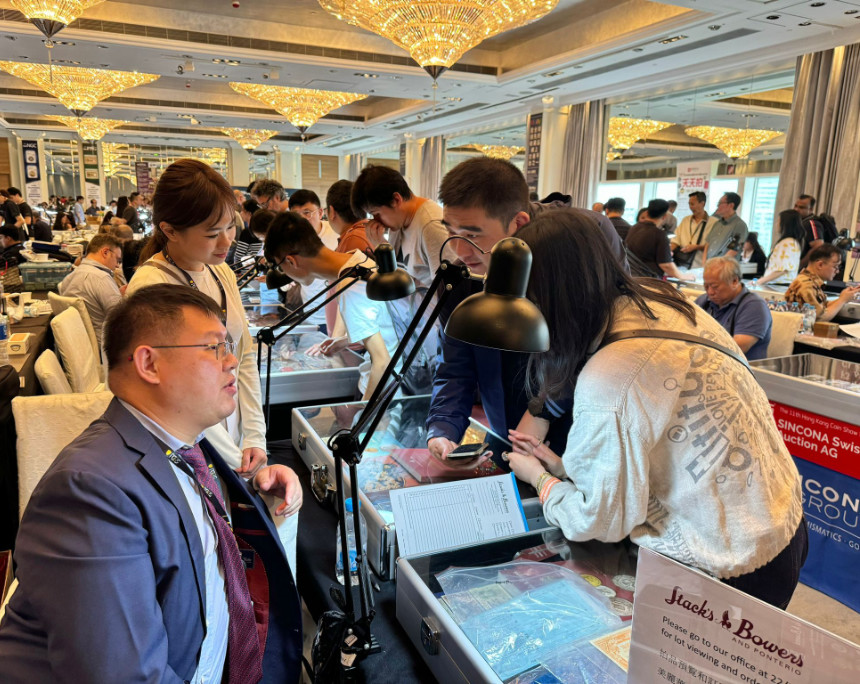
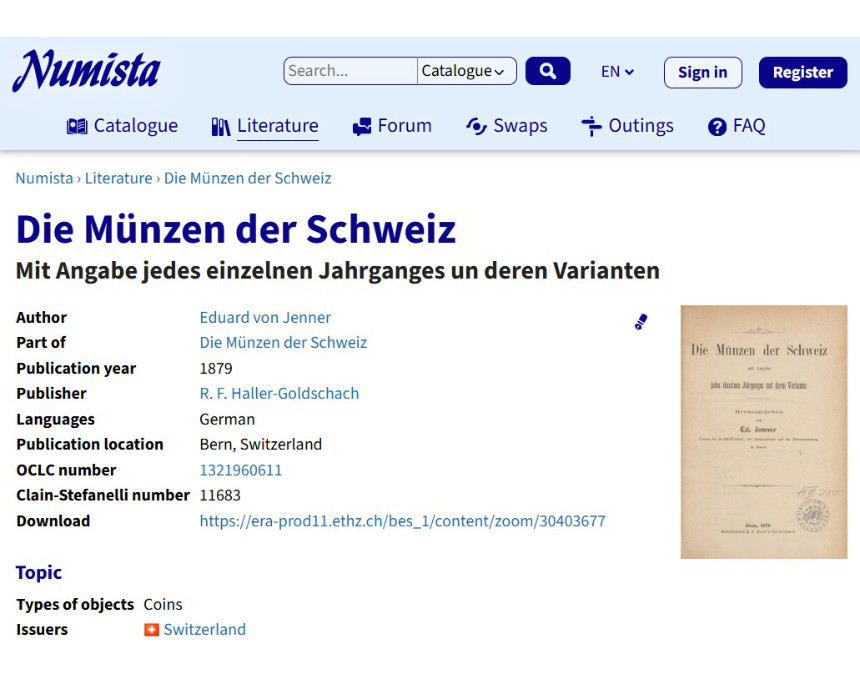

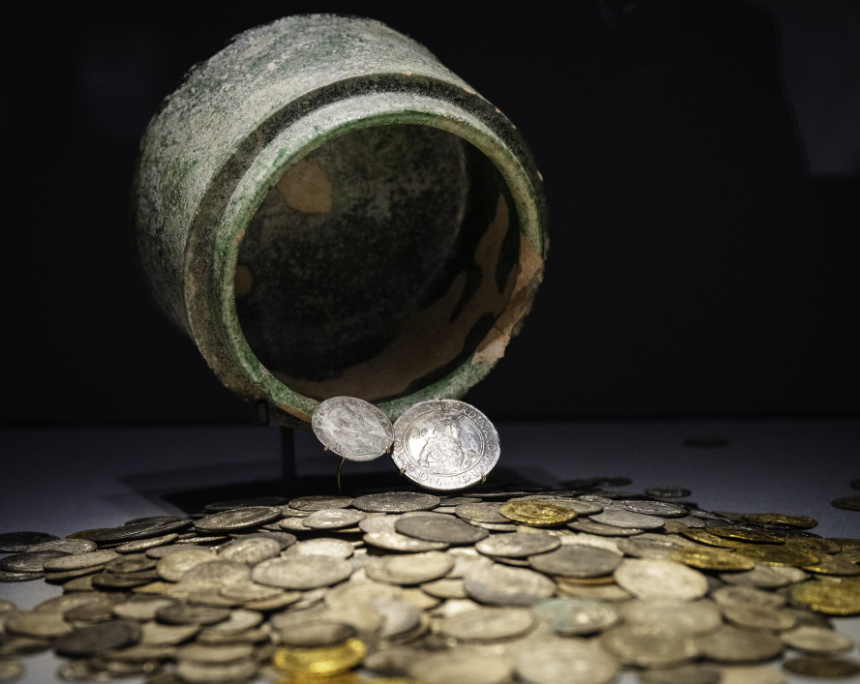

Münster, Osnabrück, Passau and the Counts of Lamberg
Münster, Osnabrück and Passau: How are these places related to the Counts of Lamberg? We use coins from Künker’s auction 424 to illustrate how noble families in the Holy Roman Empire climbed the social ladder in early modern times, and explain the reasons for and the consequences of such ascents.